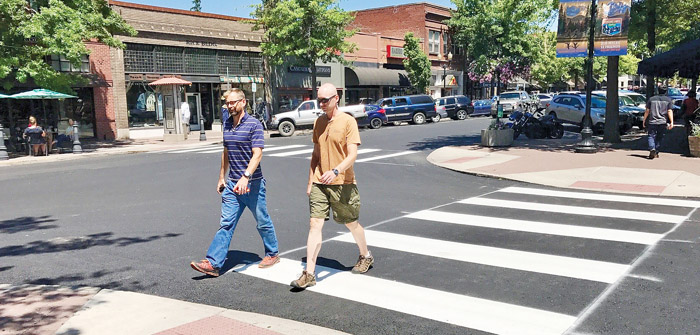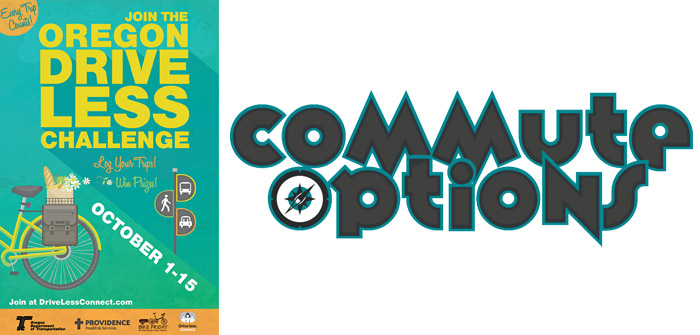Dan Burden, co-founder of the Walkable and Livable Communities Institute and an internationally recognized authority on bicycle and pedestrian facilities and programs, livability, sustainability and Smart Growth, appears in Bend this week. Brought to Bend by Commute Options and Kids@Heart, Burden will be presenting at the City Club of Central Oregon (12 pm at St. Charles Medical Center) and later at the Healthy Community Summit (6-8pm, also at SCMC).
To get you up to speed on Burden’s holistic approach to sustainable community planning, here are some questions that I posed to him about our individual roles in improving Bend’s walkability and livability, and his answers.
Q: What can an average citizen (as opposed to a local politician, planner or land developer) do to help make a community more walkable?
Dan Burden: First, residents can become familiar with the principles and benefits of walkability, so they can identify shortcomings and opportunities for improvement in their own neighborhoods. They can engage with city or county planners and engineers to work toward conditions that better support active living, walkability and livability. Just as importantly, though, staff and political leaders need vocal support from the grassroots of their communities. This is the strength of any community – when people take part in public processes, they help build essential social capital to drive the engines of community well-being.
Q: Bend is a small enough city that it’s easy to drive across town in 15 minutes. Why should I want a more walkable community?
Dan Burden: To get all the way across town, you may very well need to drive or take another form of motorized transport. But communities of all sizes that become more walkable also become healthier (rates of obesity and related illnesses drop), become more valuable (property values increase and retail sales rise), become happier (social networks expand and folks meet their neighbors) and become less costly to maintain (fuel consumption decreases and the amount of wear-and-tear on roadways drops.)
Q: It makes sense that walking to local businesses and services would create more physically healthy citizens. But what other benefits are there to walkable communities?
Dan Burden: Walkable and livable communities are great places to locate employment centers. Demographers and economists are projecting the majority of new jobs in America will be among the rising “creative class,” combined with the service trades that spin off of the highly paid creative talent. Employers tapping into the creative class can develop their offices anywhere, but they’re finding that their employees want to be based in “places of the heart,” that offer thriving town centers, good education and health care, quality public spaces and outdoor recreation. Bend has nature in abundance, of course, but focusing as well on its walkability, social capital, intellectual life, and sense of place or charm will make it even more attractive as an employment center.
Q: What kinds of things can a business do to help make Bend a more walkable community?
Dan Burden: First, business owners are neighborhood stakeholders, too, and they can engage in the same type of education, participation and support for walkability as described for the average citizen. Going further, though, they should look at how their business welcomes people walking or biking. For example, does a storefront give preference to people arriving by car and create a hostile environment for walkers or bikers? The cues can be subtle, but they add up – when people walking or biking are routed a long way to the front door, or need to wind around cars or through moving traffic to access the store, they feel unwelcome and uncomfortable. All business owners, including those without storefronts or walk-in customers, can join a chamber of commerce or Main Street organization and make their desire for improved walkability known. Throughout the country, business groups are recognizing the value of walkability and are funding projects to create better streets and sidewalks that will draw more business to the area and contribute to a more vibrant economy.
For more information about Dan Burden and his work, visit www.walklive.org. For details on Dan Burden’s presentations in Bend, visit www.commuteoptions.org.
Commute Options promotes choices that reduce the impacts of driving alone. For more information about Commute Options, contact Jeff Monson, Executive Director of Commute Options at 541-330-2647 or www.commuteoptions.org.
Annissa Anderson is a freelance writer and PR consultant in Bend.




